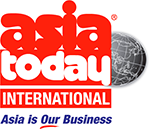-
Efic doubling SME support over three years
September 2, 2016
ONLY 14 per cent of bank lending today goes to business to enable it to invest, and the businesses that suffer most are small businesses. “The world has changed,” says Efic’s Managing Director, Andrew Hunter . . .





